No products in the cart.
Power Cable
A power cable is a type of electrical cable designed to transfer electrical energy from a power source to an electrical device or system. Power cables are used in virtually all electrical applications, from powering household appliances to providing electricity to industrial machinery and devices. They come in a wide range of types, sizes, and specifications, depending on the voltage, current, and application for which they are intended.
Power cables are essential for the operation of almost every electronic and electrical device, from small home appliances like TVs and computers to large industrial machines and electrical distribution systems. The design and construction of power cables depend on various factors, including the type of device or machinery they will serve, the environment in which they will be used, and the required power capacity.
Key Features and Components of a Power Cable:
- Conductors:
- The primary function of a power cable is to carry electrical current from a power source to a device or appliance.
- Conductors are typically made of copper or aluminum, as these materials have excellent electrical conductivity.
- Copper is more commonly used in power cables because of its high conductivity, durability, and flexibility, although aluminum is used for high-voltage or cost-effective applications due to its lighter weight and lower cost.
- Insulation:
- The insulation material prevents the current from leaking out of the conductor and causing short circuits, while also ensuring safety for users who might come into contact with the cable.
- Common insulation materials include PVC (Polyvinyl Chloride), rubber, XLPE (Cross-Linked Polyethylene), and Teflon.
- Insulation materials also help to prevent electrical interference and can be designed to withstand specific environmental conditions, such as high temperatures, moisture, abrasion, and chemical exposure.
- Shielding (optional):
- Shielding is an additional layer of conductive material (like a metallic braid or foil) wrapped around the conductors. It prevents electromagnetic interference (EMI) from affecting the cable or device, and it also helps to reduce signal loss in low-voltage power cables.
- Shielding is commonly found in cables used for sensitive electronics, such as audio equipment, networking cables, or industrial machinery where external interference could disrupt operation.
- Jacket (Outer Covering):
- The jacket is the outermost layer of the cable that provides mechanical protection against physical damage (such as cuts, abrasions, or crushing).
- It also provides resistance against moisture, UV light, and chemical exposure.
- The jacket material varies depending on the intended environment and usage. Common jacket materials include PVC, TPE (Thermoplastic Elastomer), and rubber.
- Connectors/Plugs:
- Power cables often include connectors or plugs at both ends. These connectors are used to establish a safe and secure electrical connection with the power source and the device being powered.
- Standard plugs (e.g., Type A/B, IEC 60320 C13/C14) are commonly used for appliances, while specialized connectors may be required for industrial machinery or high-power applications.
Types of Power Cables:
- Low Voltage Power Cables:
- Designed for household and commercial appliances and devices, such as computers, TVs, lamps, and small kitchen appliances.
- These cables are typically rated for voltages up to 1,000V and are typically used in residential or light commercial environments.
- Common types:
- Flexible Power Cords: For portable devices (e.g., laptops, power tools).
- Fixed Wiring: For stationary appliances (e.g., refrigerators, air conditioners).
- Extension Cords: For extending the reach of power from a socket to an appliance.
- Medium Voltage Power Cables:
- Used in industrial settings and distribution networks for transmitting power at voltages between 1kV and 33kV.
- These cables are used to power larger machines, motors, transformers, or to carry power over short distances in industrial plants or factories.
- High Voltage Power Cables:
- These cables are designed for transmission and distribution of electrical power over long distances, typically in power grids and substations.
- They operate at voltages from 33kV to several hundred kV, used for power transmission from power plants to towns or cities.
- Cable insulation must be robust and capable of handling high-voltage currents safely.
- Underground Power Cables:
- These are cables designed to be buried in the ground to avoid damage from external forces, such as accidental cuts or abrasions. They often have extra layers of protection, such as armoring or metallic shielding.
- They are commonly used for utility power lines, street lighting, and submarine cables for marine energy transmission.
- Flexible Power Cables:
- Flexible power cables are designed to be bent, twisted, or coiled repeatedly without sustaining damage, which makes them ideal for portable devices, tools, machinery, and appliances.
- These cables often use rubber or thermoplastic materials for both insulation and outer jacket, ensuring flexibility and durability.
- Heavy-Duty Power Cables:
- Heavy-duty cables are used in demanding industrial applications such as mining, construction, or marine operations, where extreme environmental conditions and high power loads are common.
- They often include reinforced insulation, armored coatings, and are designed to withstand rough handling, high temperatures, and mechanical stress.
Power Cable Applications:
- Home Appliances:
- Power cables are used to connect household appliances like refrigerators, microwaves, washing machines, and air conditioners to the electrical grid.
- Extension cords and power strips also fall into this category, allowing multiple devices to draw power from a single source.
- Industrial Equipment:
- Power cables are essential in factories, manufacturing plants, and workshops where large machinery, motors, and equipment require a stable, consistent power supply.
- Heavy-duty cables are used for high-power machines like welding equipment, pumps, conveyor belts, and cranes.
- Power Distribution:
- Used in power lines to transmit electricity from power plants to homes, businesses, and industries.
- Power cables used in substations and transformers help step down high voltages for safe use in residential and commercial systems.
- Automotive:
- Automotive power cables are used to power vehicles, connecting the battery to various electrical components like lights, air conditioning, and engine systems.
- Computers and Consumer Electronics:
- Power cables supply AC or DC power to computers, smartphones, tablets, TVs, and other consumer electronics.
- Specialized power cords are used for devices like laptops (e.g., AC adapters) and TVs (e.g., IEC power cables).
- Renewable Energy Systems:
- Power cables are used in solar power systems, wind turbines, and other renewable energy installations to connect power generation systems to inverters and the electrical grid.
- DC cables are often used in solar panels, while AC cables are used for connecting inverters to the power grid.
Safety Considerations:
- Power cables must comply with safety standards and regulations to minimize the risk of electrical shock, fire, and other hazards.
- Proper insulation: Prevents accidental contact with live wires.
- Earthing: Ensures safe grounding to reduce electric shock risks.
- Cable ratings: Ensure the cable can handle the required voltage and current without overheating or degrading.
A power cable is an essential component in any electrical or electronic system, used to deliver electrical energy safely from a power source to devices or machines. With various types designed for different applications, power cables are crucial for both everyday use and specialized industrial tasks. Their design, materials, and features—such as conductors, insulation, and jackets—ensure that they meet the electrical and environmental needs of their specific use cases, from low-voltage home appliances to high-voltage transmission lines. Whether for home use, industrial settings, or renewable energy systems, the right power cable ensures the safe and reliable operation of electrical systems.




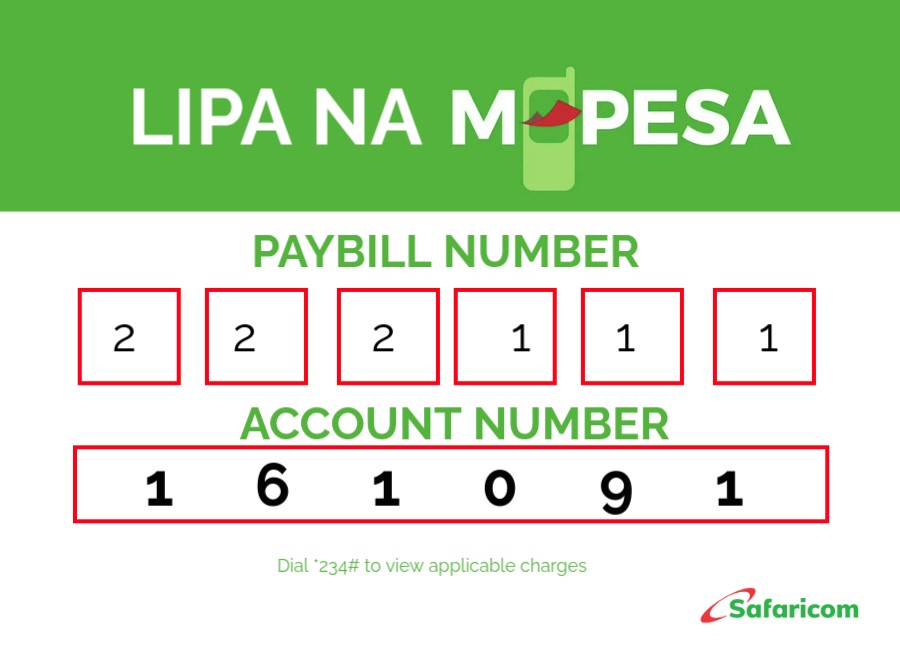
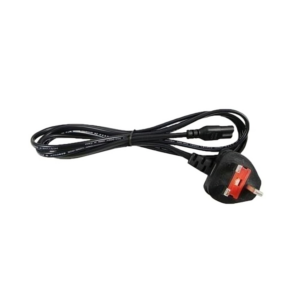
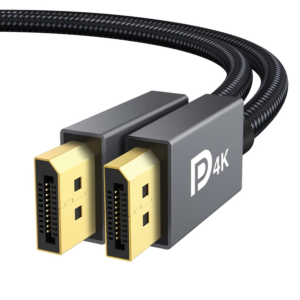


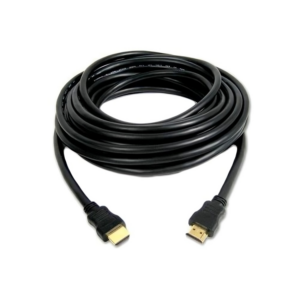
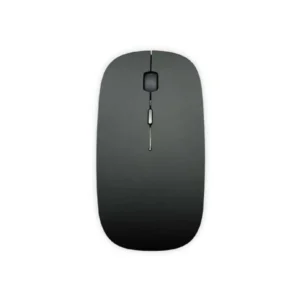

Reviews
There are no reviews yet.